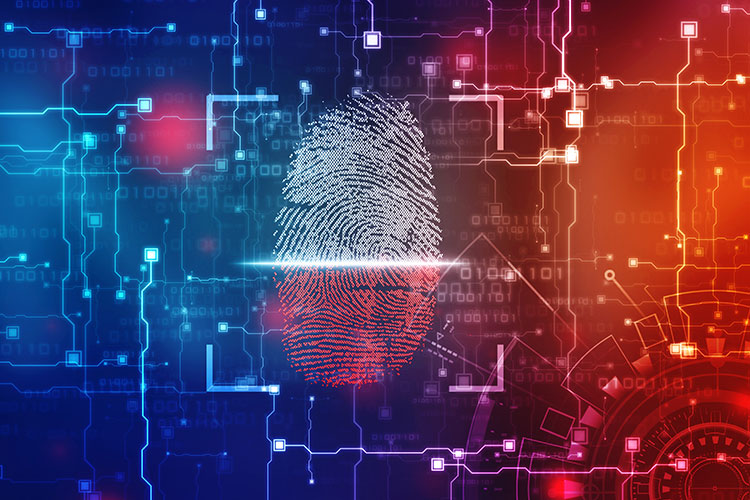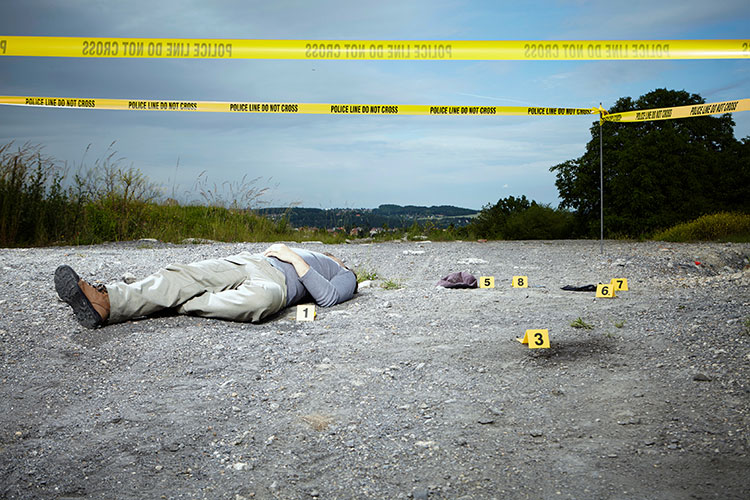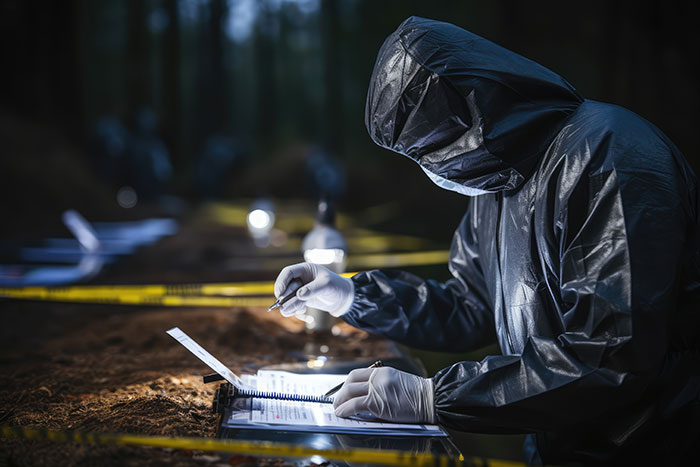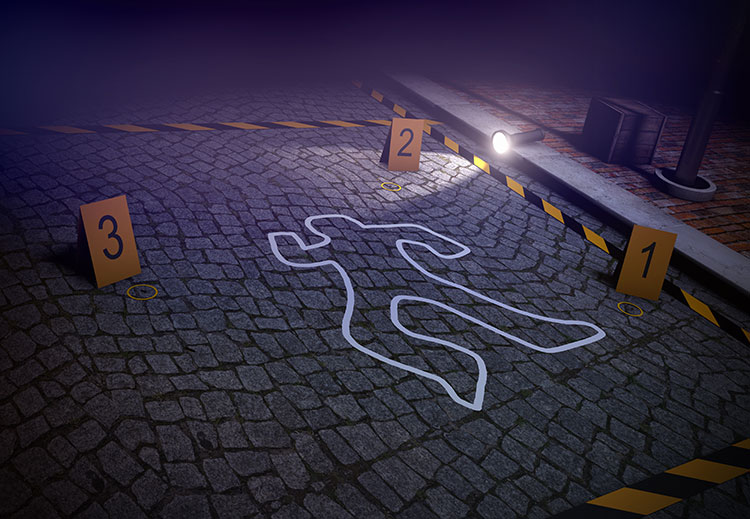3d forensic animation
“As soon as the scanner is activated, it will emit a laser line onto the object, with a sensor subsequently gauging the distance to the object's surface. After processing this information, it can be transformed into a digital image, which can then be used to create a Computer-aided Design (CAD) model.”
The video above demonstrates the diverse range of our legal graphics. Our animations are highly effective, with a 99% acceptance rate in over 2,000 cases. The most effective way to utilize our animation services is for:
We've established this knowledge center to address any inquiries you may have about the creation of animation, the tools involved in the process, and how it can aid in winning your client's case.



